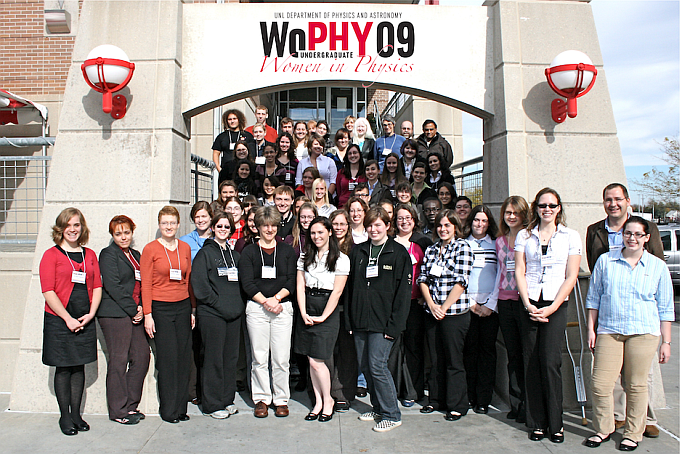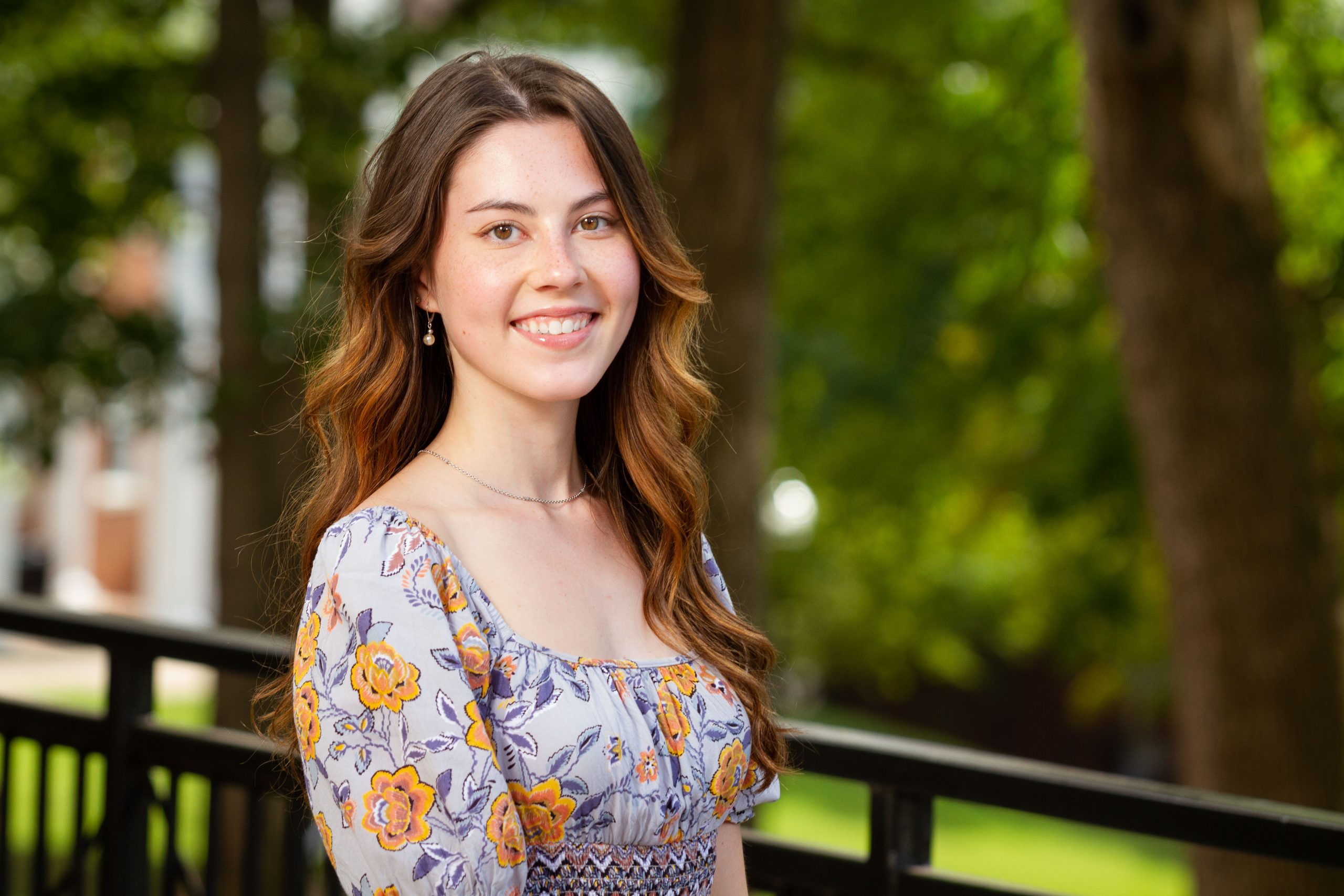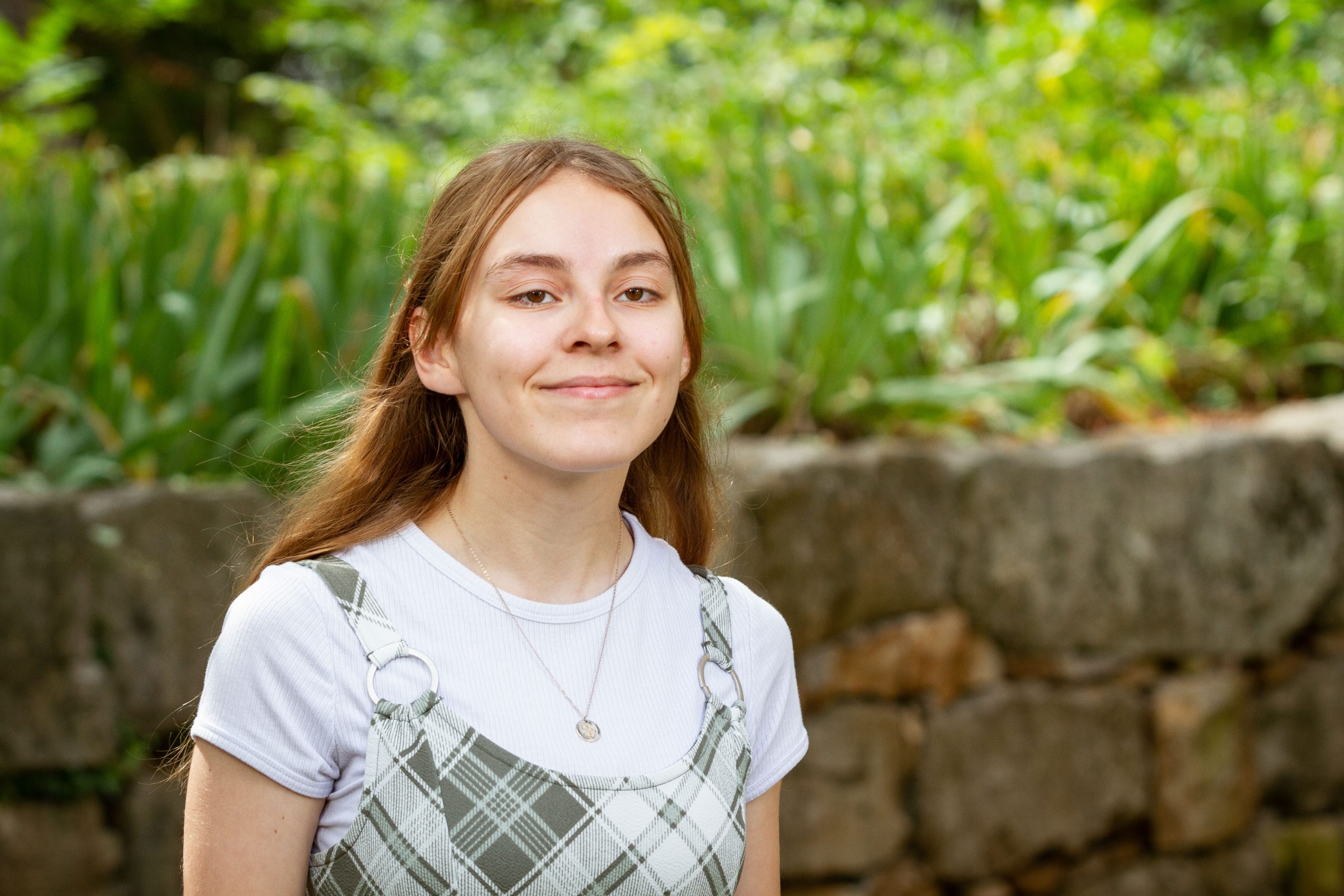Brown Shares Research at UNL Conference for Undergraduate Women in Physics
November 17, 2009 | Academics, News, Student Success | No Comments

Katie Brown (Shelby ’10) quickly realized the opportunity to conduct scientific research was something that would set her apart from the crowd of other high school students.
As a student at the Carol Martin Gatton Academy of Mathematics and Science in Kentucky at Western Kentucky University, she began a research project with Dr. Ed Kintzel during Summer 2009.
Her work went from as a participant in The University of Nebraska – Lincoln’s 2009 Conference for Undergraduate Women in Physics. Held October 30-November 1, 2009, the conference presented an outstanding opportunity for students like Brown to expand upon their current research experiences, interact with physics students from other universities, and attends scientific talks given by invited physicists from other Midwestern universities.
Brown’s presentation focused on the behavior of atoms in graphite surfaces. The real-world implications of her study will help to further applications and research with graphite and materials sciences.
“I shared research on the reconfiguration of atoms near step edges we observed on the surface of graphite using Scanning Tunneling Microscopy,
Brown noted. “In a little more simplified terms, I observed atoms reconfiguring on graphite surfaces due to their proximity to step edges.
As one of the conference’s youngest participants, Brown expressed she was a bit nervous leading up the session. “Presenting to such a large community of my peers was a nerve racking prospect,” Brown said. “but after getting on stage I was able to focus on my research and connect with the audience.
In addition to lectures, social activities also provided time for participants to share their experiences and interests with other students, as well as visit with physics faculty members from UNL and other Midwestern universities. These experiences provided opportunities for students to develop their ability to convey ideas, establish relationships with other physicists, and obtain advice and guidance for pursuing career goals.
“In attending this conference, I gained a broader understanding of the vast opportunities for research for undergraduates,” Brown said. “Also, I was able to connect and network with students from across the nation.
For Brown, research is an important first step in preparing for careers in advanced STEM disciplines.
“Research is a very important part of the Academy experience because it allows you to apply the knowledge you learned in the classroom, practically,” Brown noted. “If you foresee research in your career, it is a great way of actively preparing for your future educational prospects and even your occupation.”
Not only did Brown have the support of Academy staff members and her research supervisor. Ask Brown who one of the greatest advocates for getting young women interested in math and science, and her reply is simple: her mom.
“My mother is an active promoter for women in the STEM fields; she started a Girls in Science Club at her middle school,” Brown said. “Starting initiatives throughout the state at the grade school level and even carried through to High School will help get more young women interested in the STEM fields.”


